Table of Contents Show
The COVID-19 pandemic has permanently affected the world as we know it. The separation from family and friends, loss of freedom, and feelings of intense uncertainty have affected the world’s population and have led to increased psychological stress for many. For those who are isolating alone, this may be the longest period in their lives that they have gone without in-person contact and interaction. Since the beginning of the pandemic, those spending most of their time staying at home have found comfort in online content creators such as Twitch streamers and YouTubers.
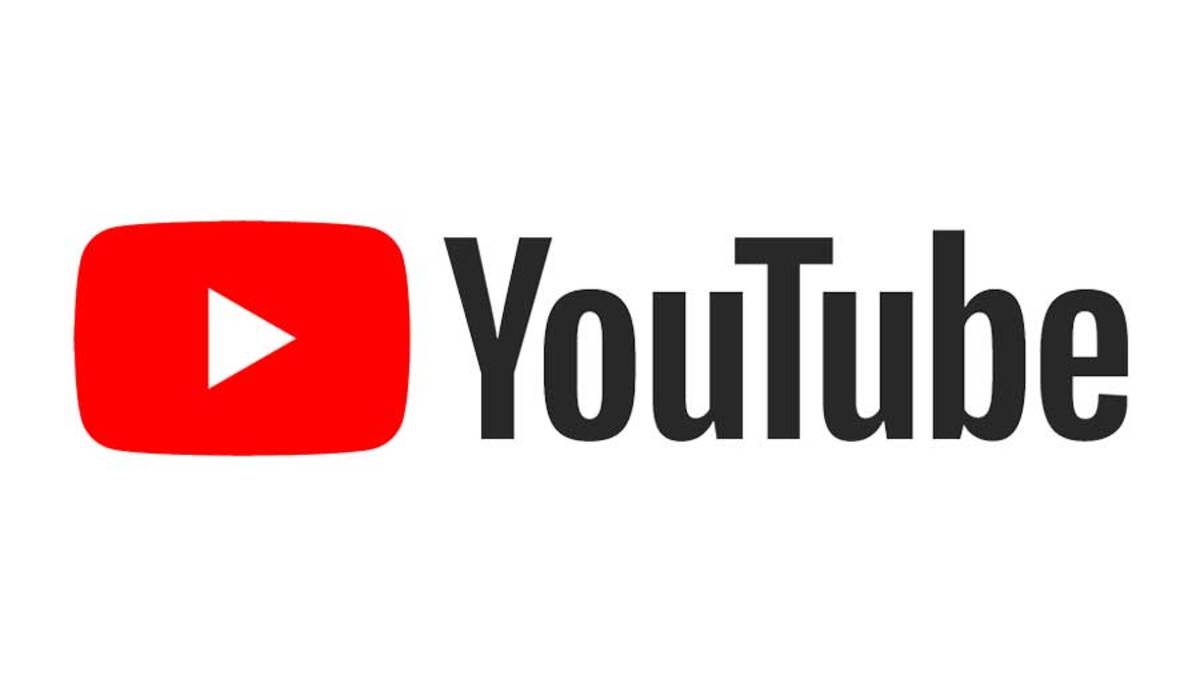
Part of the appeal of online content creators, especially those that provide live content, is that they often treat their audience like they would a friend. The creators use friendly language, talk directly to the camera, and respond to chat messages in real-time. This can be crucial for those who are going weeks or even months without seeing their loved ones. Online content has been a crunch for many in these times of uncertainty.
The History Of Online Content Creation
The history of online content creation is continuing to unfold before us. Many of the platforms that currently host and support online content began as simple digital settings for anyone, anywhere to post an interesting video for the world to see, but have collectively evolved into a multibillion-dollar industry.
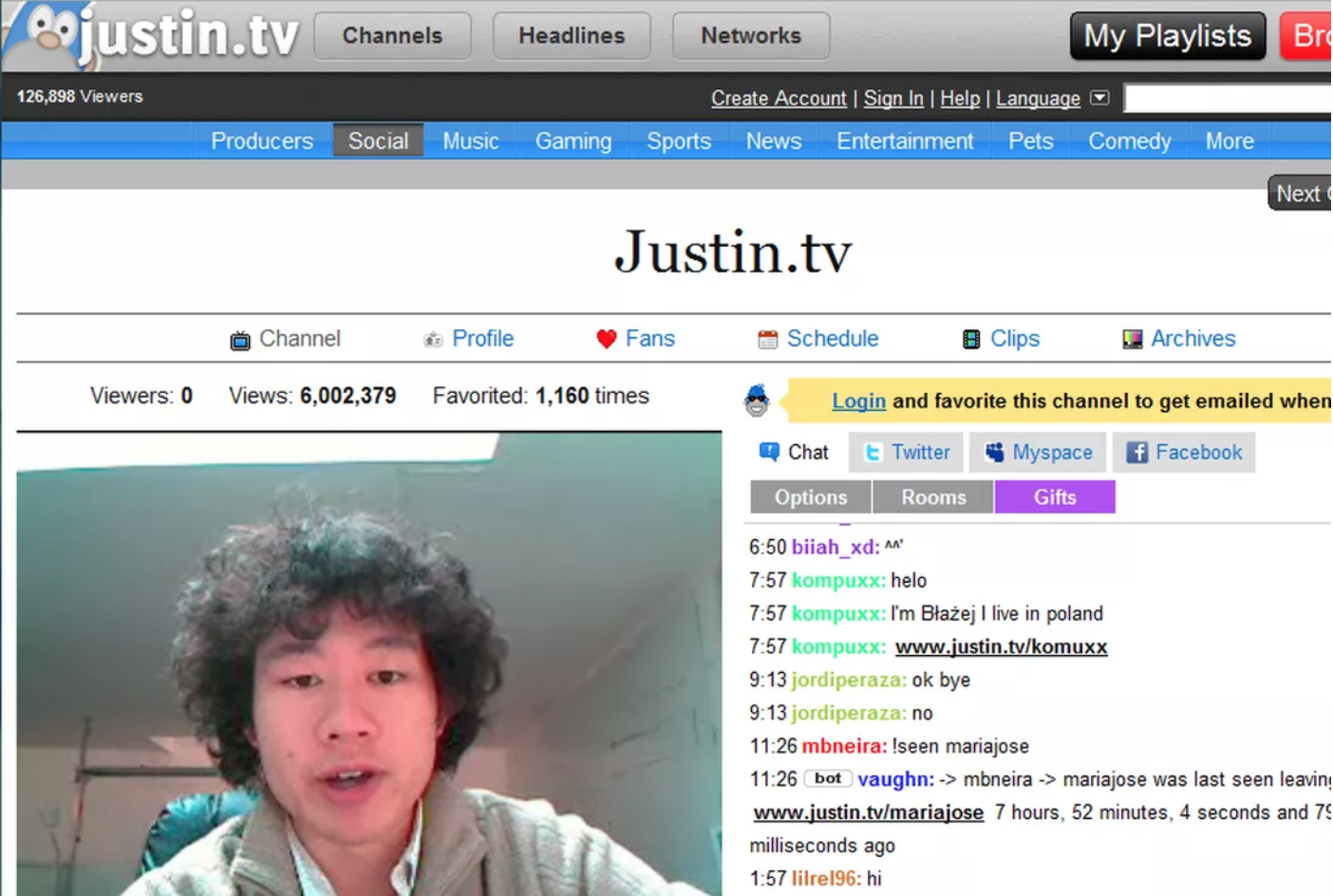
YouTube, for instance, is an online video-sharing platform that was created in 2005. The creators wanted a place for anyone to be able to share any video content they wanted. Bought by Google in 2006 for $1.65 billion, YouTube is now home to millions of individual content creators as well as large brands interested in a more personal relationship with audiences. Plenty of creators make their living through producing YouTube videos, and many are making six-figure yearly salaries and above. What was once an unknown realm of digital media has turned into a lucrative and sought after career. As of May 2019, over 500 hours of video content is uploaded to the site every minute. YouTube continues to maintain its popularity as there are different categories of content available to everyone.
Twitch is a similar platform to YouTube, but specializes in content related to video games and widely supports a live-streaming format. Twitch originated through a platform known as Justin.tv, a live-streaming platform with a multitude of different categories for content. The gaming section of the site was eventually split off and made into Twitch.tv, the platform we know today. In 2014, Amazon bought Twitch for $960 million, and it quickly became the leading service for live streaming video game content. Twitch Statistics show that in February 2020, the platform had about 1.4 million concurrent viewers. Many creators who perhaps started their careers on YouTube have begun dipping their toes into the live-streaming format, likely because they can build a closer connection with their following as well as diversification of their brand.
Online Content Platforms See A Surge In Users + Creators
As the COVID-19 pandemic began and cities began to shut down, people spent more time in their home than ever before. Because of the convenience and endless supply of entertainment, many turned to or increased their viewership of online content creation. In April 2020, YouTube reported that the site’s video viewing time was 32 billion minutes, over double the viewing time reported in April 2019.

The platform also reported a shift in what viewers were searching for on the site. For instance, videos related to meditation increased by 40% after March 15. Similarly, viewership on Twitch grew 24% during the lockdown. The platform experienced a 3.3% jump in the number of new channels in March, the second-biggest monthly increase since January 2019.
Parasocial Relationships Within Online Content Creation
It is clear that the COVID-19 pandemic has forced society to shift how the world interacts for the time being. While online content is a comfort for many as it becomes more and more present and available, the seemingly friendly behavior a viewer shows to a creator may, unfortunately, cross boundaries and develop into what is often referred to as a “parasocial relationship.” When broken down, the word contains the prefix “para” which refers to the words “alongside,” “resembling,” and “near,” as well as the word “social” or “relating to society.” The term was coined in 1956 by psychologist Donald Horton and sociologist Richard Wohl and refers to a psychological attachment formed between a viewer and a “media character” in the mass media.

With each interaction, the viewer forms an opinion of the public figure. Over time and after repeated exposure, the viewer can develop illusions of friendship and begins to engage as if they are in a reciprocal relationship with the performer. They start to believe they know who the performer really is even though they only see a limited amount of information. This phenomenon has been observed ever since public figures in the mass media have been observed, but it was more heavily researched as television became popular and accessible in America. However, new platforms such as Twitch, Discord, and Youtube have made parasocial relationships even more apparent since these platforms allow for a more candid and intimate portrayal of performers. Viewers are at risk for forming these relationships more intensely than ever before.
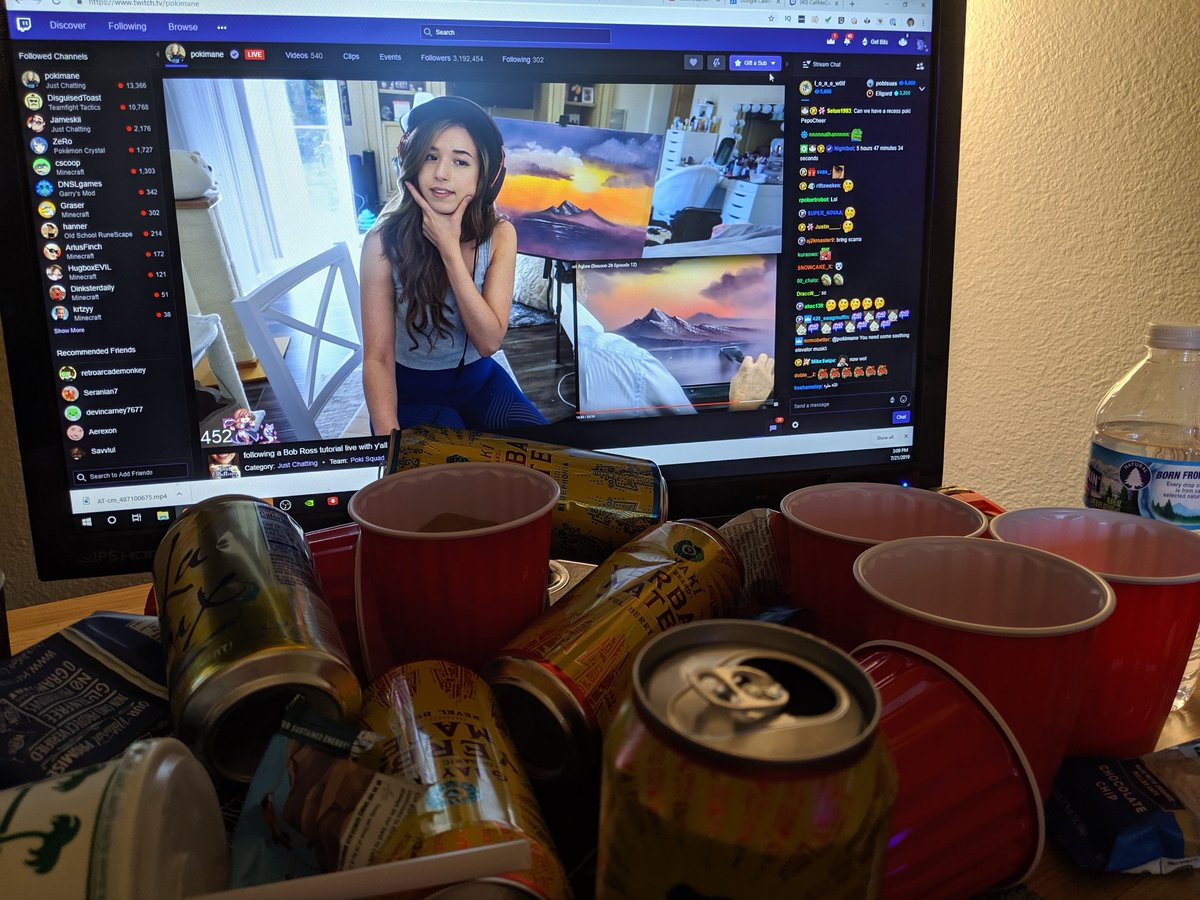
The appeal of online content platforms, especially those with a live chat function, is entertainment and social interaction. Many online content viewers are familiar with the rush of excitement when your comment in the chat is seen by and acknowledged by the creator. A viewer may not have many friends in real life but can log on to Twitch and have hundreds or even thousands. A content creator can act as a form of friendship on demand.
This illusion of an intimate friendship can be dangerous for both the content creator and the viewer. In recent years, creators have reported instances of viewers showing up at their personal homes to catch even a glimpse of them or talk to them. This is obviously not acceptable due to the invasion of privacy and obsessive tendencies, but exploring this behavior can hopefully lead to the prevention of future cases.
Crossing The Boundaries Of Online Creators
In 2017, former YouTuber and streamer Jenna Marbles and her partner Julien Solomita returned to their home after a trip to Big Bear, California. Upon their arrival, they were met with a large stack of boxes on their porch that, based on the packaging, seemed to be mail from a viewer. Troubled by the idea that a viewer sent the packages directly to their home, Solomita began taking the packages inside when he noticed a woman and her son on his street.
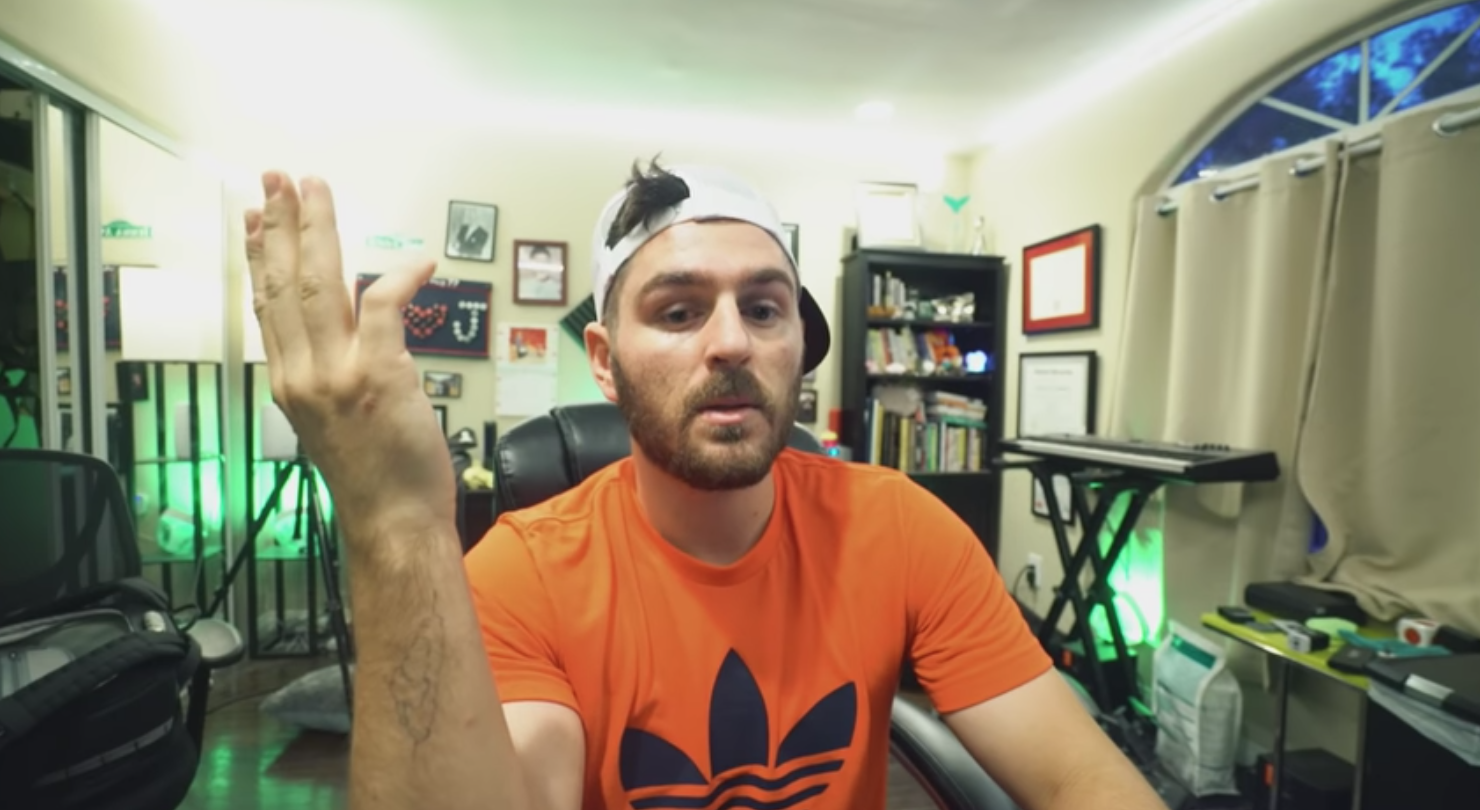
The woman asked Solomita if this was the street that Jenna Marbles lives on. Solomita told them to leave, but Julien says he was afraid to go outside of his home after this encounter. In a video on his channel, Solomita tells his audience, “There are so many other ways that you can connect with us that are appropriate, and not wrong, uncomfortable” and that it is “not fair to make other people feel unsafe in their own house.”
Along with invading the privacy of a content creator, these one-sided relationships between creators and some audience members can negatively affect in-person relationships as well. On the popular subreddit, r/relationship_advice, a 27-year-old male made a post seeking advice regarding his girlfriend of four years who recently became obsessed with a male Twitch streamer. In July, he states that she lost what he described as “pretty close to being a dream job” due to COVID-19. The girlfriend took the loss of her job extremely hard and, in order to cope, began watching gaming content on Youtube and Twitch. The original poster says that his girlfriend was always either watching the streamer play games live or rewatching his old content at any given time of that day.

The poster revealed to Reddit, “If I ask her to watch a movie with me, she’ll keep an earbud in and still have him streaming on her phone, barely paying attention to the movie.” After some time, he posted an update that was ultimately removed by the moderators of the subreddit “for a variety of reasons, including keeping communities safe, civil, and true to their purpose.” However, the updated post text was preserved in the comments, where readers learned that the original poster took the advice of those in the subreddit and discussed his feelings with his girlfriend. Still, she failed to see her actions as a problem. Their relationship ultimately came to an end.
Making Healthy Media Consumption A Priority
Those who rely heavily on digital media often rely on it in their loneliest times, whether that be falling asleep, eating, or in the midst of a global pandemic. When most people are spending their entire lives online, many people fantasize about in-person interaction resuming. But not everyone. What are the long term effects of the parasocial, one-sided relationships between creators and their audience? Many researchers are already looking into the effects that the COVID-19 pandemic will have on the population’s social skills and ability to connect with others. Studies show that many people are experiencing depression, anxiety and express feelings of deteriorated social skills.
Will cases like the ones described above become more prevalent as people become more deeply reliant on the content produced by online content creators? One can only hope that consumers of this content continue to understand the reality of their relationship with the content creators and that these breaches of privacy continue to be rare instances. Moving forward in times of worry and uncertainty, it is crucial to seek meaningful relationships instead of one-sided ones. This can mean reaching out to an existing friend as well as using the digital platforms that are so readily available to form new relationships.
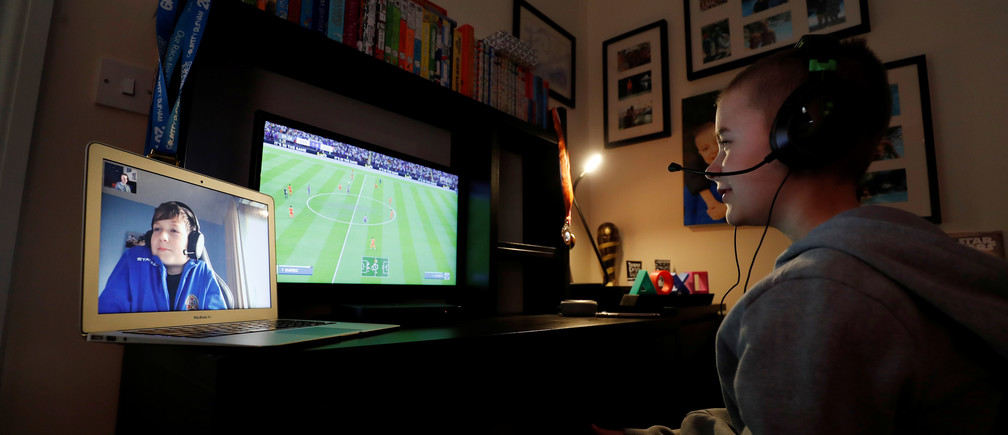
Many Twitch users find themselves playing the games they watch their favorite streamers play with friends they made in the Twitch chat of that same streamer. Users can still find camaraderie but do not have to rely solely on the streamer to provide it. Consuming enjoyable content is perfectly fine and even beneficial, but it must be done in moderation like most enjoyable things.
Moving Forward
Adjusting the content, one consumes can be beneficial by promoting both balance and self-improvement. Taking time to use these digital platforms to find content related to exercise and learning new topics, for instance, is a great way to potentially reduce feelings of loneliness and not rely too much on individual creators. The increase in “meditation” YouTube searches in March 2020 happened for a reason.
From a broader perspective, the more that researchers and the general public understand parasocial relationships as well as the associated risks, the better society is equipped to handle such risks. Perhaps a viewer who is deeply involved in a parasocial relationship learns about the phenomenon, encouraging them to take a step back and evaluate their relationship with online content, preventing an incident of harassment.
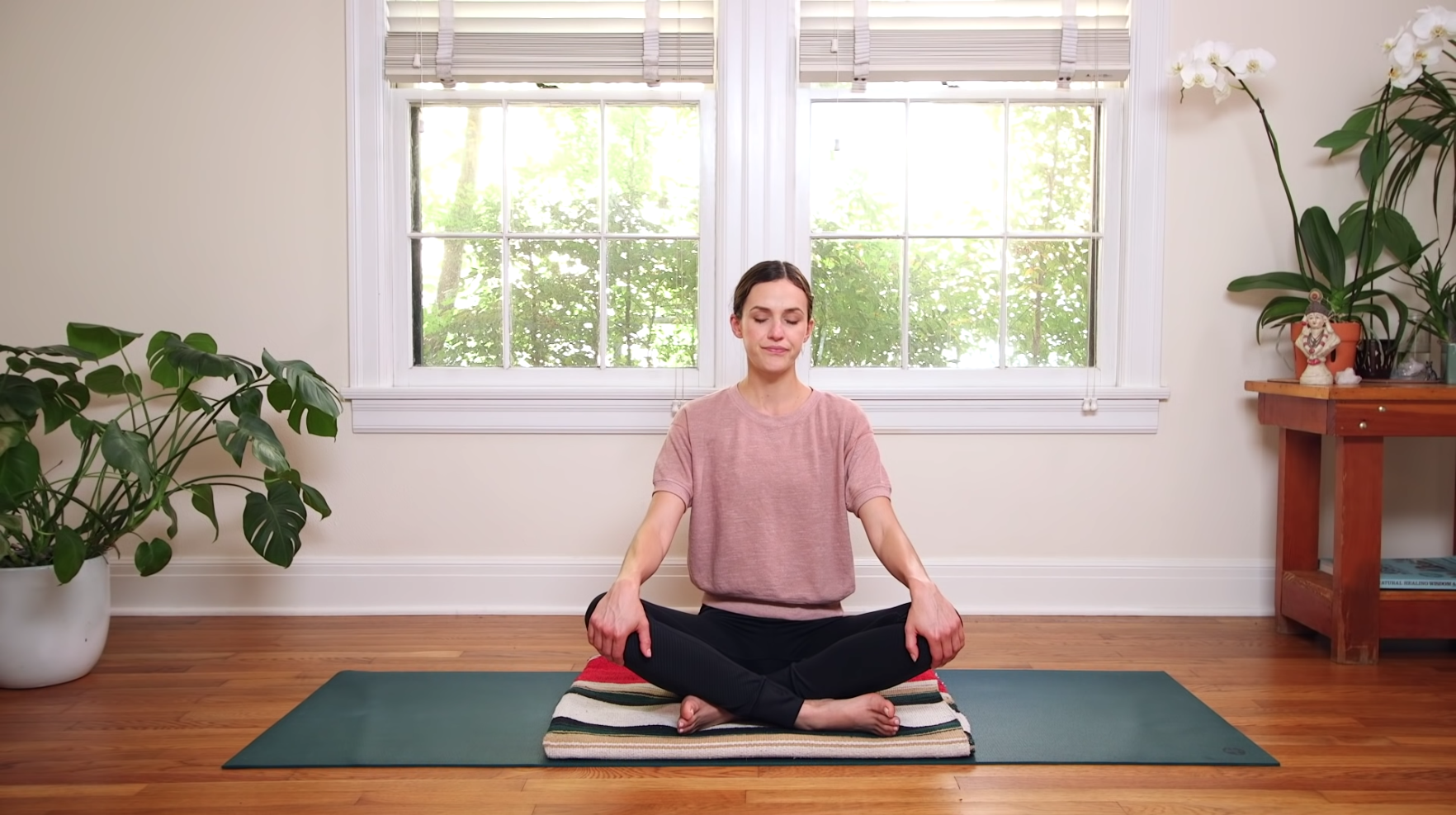
The COVID-19 pandemic is not over yet, and many are continuing to stay in their homes for the safety of both themselves and others. Even once the world has a better handle on the virus, the consumption of digital media is not stopping anytime soon. However, the world of online content is extremely powerful and constantly evolving, and it is important to understand the dimensionality of it all. Consumers of this media should do just that, consume it. They should not be swallowed whole by it.
